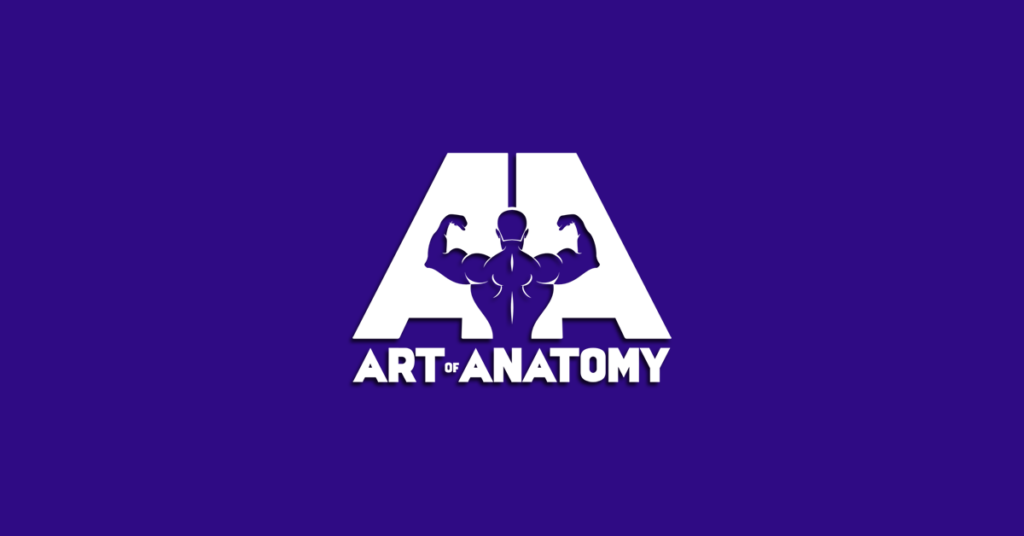What is Art of Anatomy?

Page Contents
At its core, Art of Anatomy is a fitness brand teaching the science of exercise and the art of bodybuilding using evidence-based, scientific principles of exercise combined with the nuances of program design and exercise performance to maximize the results of your training. Through Art of Anatomy, you can reach your goal physique and transform your body into a masterpiece.
The problem
Have you ever heard any of the following?
This is a short list of many claims you may see and hear at your local gym, on social media, and even from professionals (personal trainers) in the fitness industry. Despite being common, none of the five statements above are valid, and this is a serious problem.
Exercise is an accumulation of various scientific disciplines including anatomy, physiology, physics (biomechanics), and biochemistry. Unfortunately, to become a fitness professional (e.g., earn a personal training certificate), you only need pass a test (and, of course, pay the hefty fees). Even worse, a few of the personal training organizations—including the most well-known and widely accepted in the United States—allow you to become certified after passing a non-proctored, online, open-book examination with no pre-requisite education and/or experience!
Art of Anatomy‘s solution
At its foundation, the issue is a lack of understanding exercise, and this lack of understanding follows a lack of education. The lack of education is perpetuated by the nature of the most common personal training organizations awarding certificates for passing non-proctored, online, open-book examinations. With such testing standards, there is no need to learn or understand any of the science; all you need to do is use internet search engines to find the responses to the test questions.
Art of Anatomy is not yet offering personal training certifications. Instead, Art of Anatomy offers education in pertinent anatomy, physiology, and biomechanics to help you understand how to exercise properly and most effectively. Rather than simply being told that RDLs primarily target the hamstrings (not the glutes), you will be able to learn anatomy and biomechanics to understand why the hamstrings are the prime-mover during the exercise.
Through Art of Anatomy, you will have access to high-quality, evidence-based exercise science.
Exercise science via Art of Anatomy
*Coming soon. For updates on all things Art of Anatomy, sign up for email updates!
There should always be an explanation regarding the targeted physiologic response of every exercise included in any program—in other words, “why?” Examples such as, “perform bench press to build your chest,” do not constitute an appropriate explanation of the exercise’s targeted physiologic response.
If your trainer or the program you are following cannot provide specific details for how to perform an exercise and why that particular exercise is chosen, then you probably should not be listening to your trainer or following that particular routine.
To the previous point, you cannot explain the appropriate details of an exercise without first understanding, at the very least, the basics of the involved sciences—anatomy, physiology, and biomechanics. In Art of Anatomy, every single exercise is recommended or included for a specific reason.
In this program, each exercise is explained in thorough detail including the exercise’s optimal movement pattern(s) (the “how?”) and its targeted physiologic responses (the “why?”).
